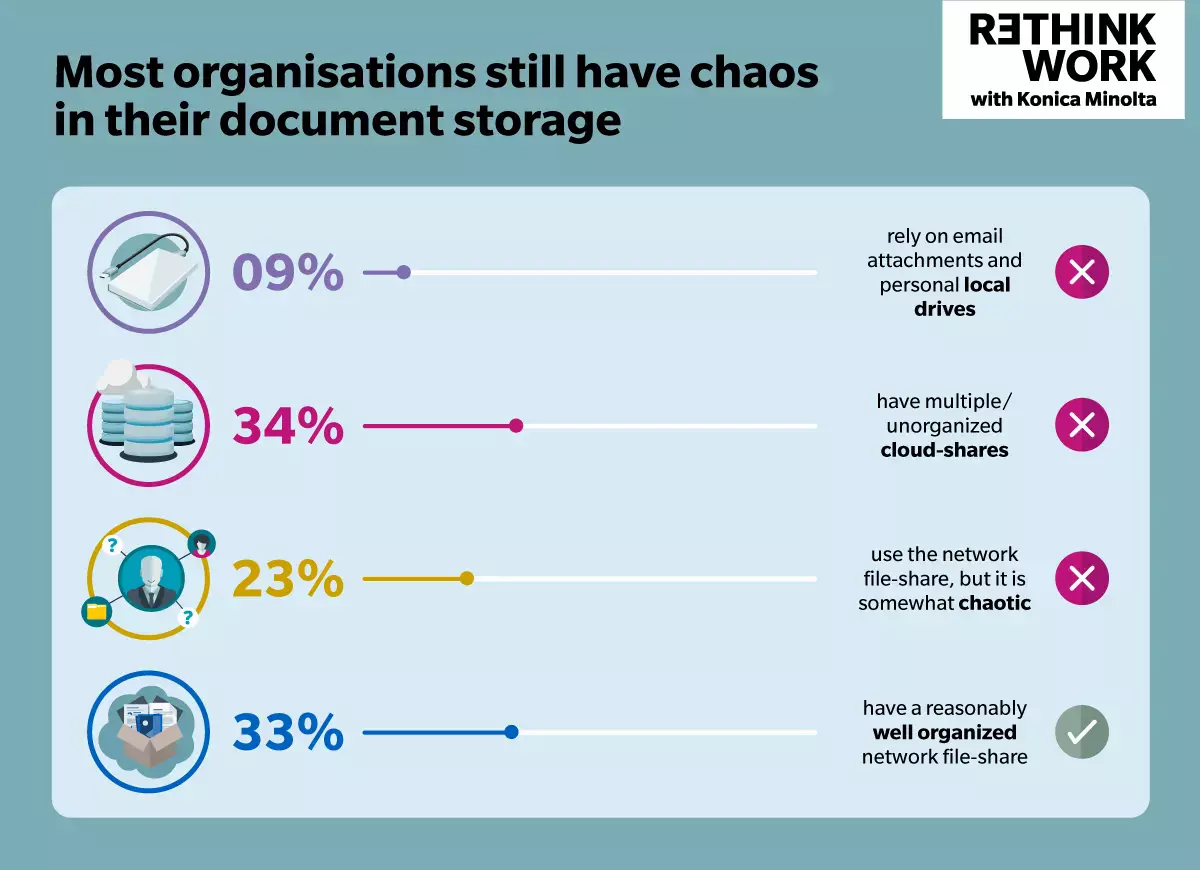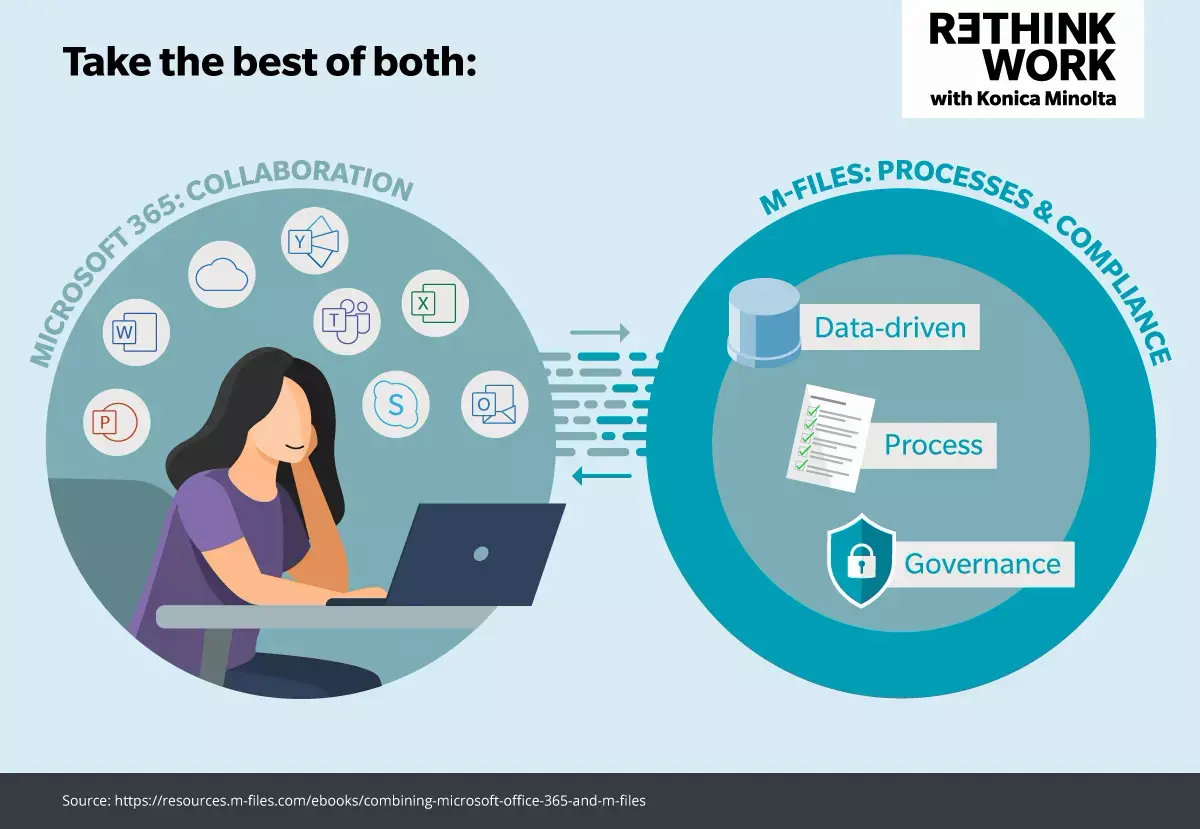Microsoft 365 has been a real boom for many organisations during the pandemic, with Microsoft Teams proving to be a perfect tool for digital collaboration. Now you can build on that capability by linking an enterprise content management solution (ECM solution) to Microsoft Teams. This removes information silos and ensures users have quick and easy access to the information they need, no matter where it’s stored or where they’re working.
When governments set ‘work from home’ mandates in the early days of the COVID-19 pandemic, many organisations switched their employees to cloud-native solutions like Microsoft 365 almost overnight. Services like Microsoft Teams provide communication and collaboration tools that enable knowledge workers and other staff to work from home. It’s no wonder that, today, Microsoft Teams has 145 million users around the world.¹
Although Microsoft Teams is great for collaboration, organisations may still need to solve associated challenges around information management. In particular, they need to ensure users can access the right data and information at the right time to support business processes and document-driven workflows.
Ideally, users would have a search tool that works like Google, enabling them to:
- Search seamlessly across every corporate repository
- Retrieve all relevant information and data (both structured and unstructured) to meet business needs
- See everything they need in one place, no matter where individual content assets reside
When you link enterprise content management software (ECM software) or an ECM system with Microsoft Teams, you give users what they want. At the same time, the content management system helps your organisation improve information security and governance, streamline document management, and simplify regulatory compliance.







